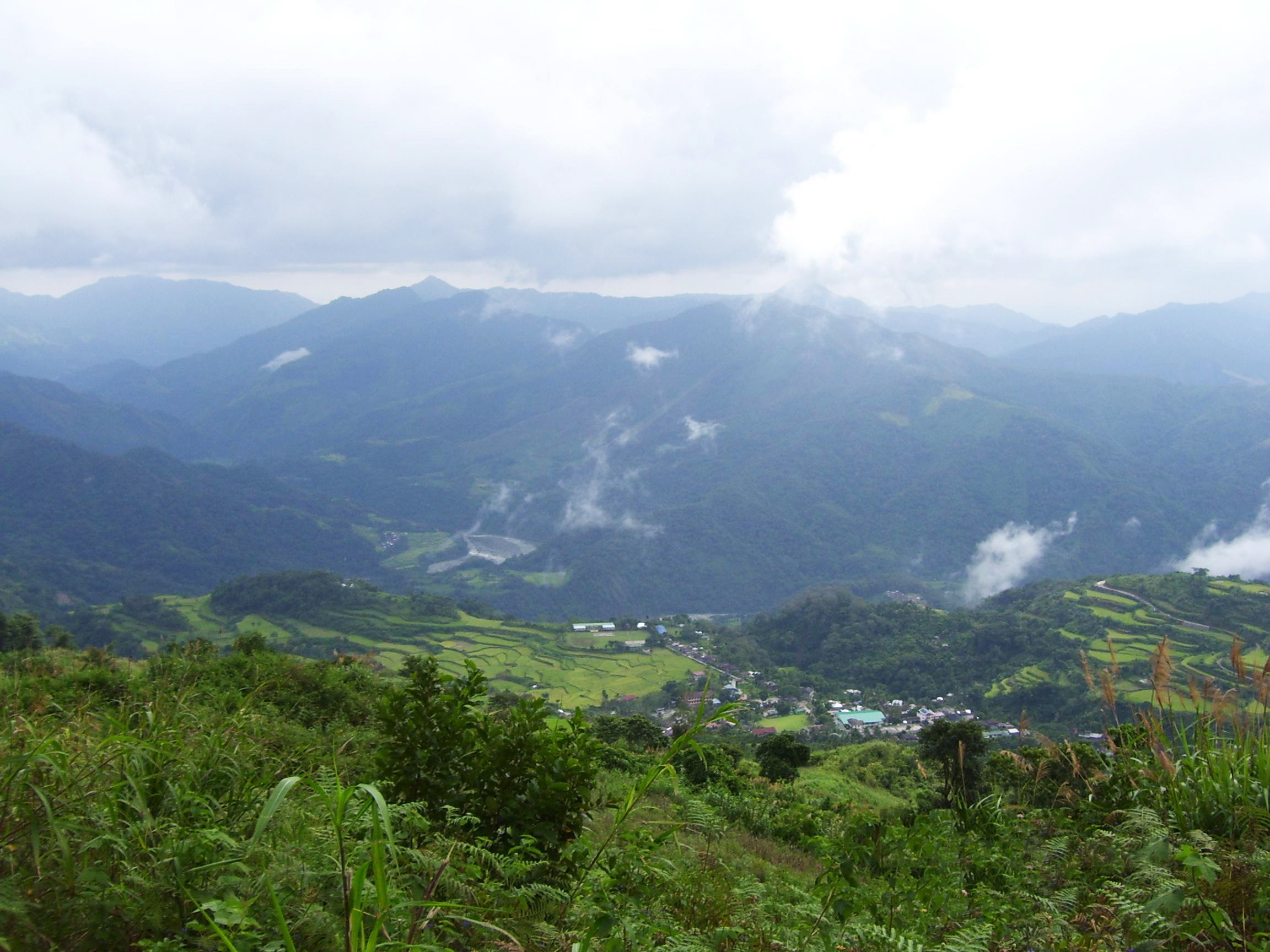|
Acutotyphlops
''Acutotyphlops'' is a genus of blind snakes found in the Philippines, eastern Papua New Guinea and the Solomon Islands. Currently, five species are recognized. The most recently described species was in 2007. Geographic range Found in the Philippines, eastern Papua New Guinea and the Solomon Islands. Species T) Type species. Taxonomy In 2007, a new species was described that is found in the Philippines—more than 4.000 km from the other species of the genus. References External links * {{Taxonbar, from=Q2704254 Snake genera ... [...More Info...] [...Related Items...] OR: [Wikipedia] [Google] [Baidu] |
Acutotyphlops
''Acutotyphlops'' is a genus of blind snakes found in the Philippines, eastern Papua New Guinea and the Solomon Islands. Currently, five species are recognized. The most recently described species was in 2007. Geographic range Found in the Philippines, eastern Papua New Guinea and the Solomon Islands. Species T) Type species. Taxonomy In 2007, a new species was described that is found in the Philippines—more than 4.000 km from the other species of the genus. References External links * {{Taxonbar, from=Q2704254 Snake genera ... [...More Info...] [...Related Items...] OR: [Wikipedia] [Google] [Baidu] |
Acutotyphlops Banaorum
''Acutotyphlops banaorum'' is a species of snake in the family Typhlopidae. McDiarmid RW, Campbell JA, Touré T (1999). ''Snake Species of the World: A Taxonomic and Geographic Reference, Volume 1''. Washington, District of Columbia: Herpetologists' League. 511 pp. (series). (volume). The species is endemic to the Philippines. Etymology The specific name, ''banaorum'', refers to the Banao, a tribe indigenous to northern Luzon island. Beolens B, Watkins M, Grayson M (2011). ''The Eponym Dictionary of Reptiles''. Baltimore: Johns Hopkins University Press. xiii + 296 pp. (''Acutotyphlops banaorum'', p. 16). Geographic range ''A. banaorum'' is found in the province of Kalinga, which is on the island of Luzon, in the Philippines. Habitat The preferred natural habitats of ''A. banaorum'' are forest, shrubland, and grassland. Behavior ''A. banaorum'' is fossorial. Reproduction ''A. banaorum'' is oviparous Oviparous animals are animals that lay their eggs, with ... [...More Info...] [...Related Items...] OR: [Wikipedia] [Google] [Baidu] |
Acutotyphlops Solomonis
''Acutotyphlops solomonis'' is a species of snake in the family Typhlopidae.McDiarmid RW, Campbell JA, Touré T. 1999. Snake Species of the World: A Taxonomic and Geographic Reference, vol. 1. Herpetologists' League. 511 pp. (series). (volume). It is found in the Solomon Islands and Papua New Guinea. References Acutotyphlops Endemic fauna of Papua New Guinea Reptiles described in 1939 {{Scolecophidia-stub ... [...More Info...] [...Related Items...] OR: [Wikipedia] [Google] [Baidu] |
Acutotyphlops Subocularis
The Bismarck sharp-nosed blind snake (''Acutotyphlops subocularis'') is a species of snake in the Typhlopidae family.McDiarmid RW, Campbell JA, Touré T. 1999. Snake Species of the World: A Taxonomic and Geographic Reference, vol. 1. Herpetologists' League. 511 pp. (series). (volume). It is found in the Bismarck Archipelago The Bismarck Archipelago (, ) is a group of islands off the northeastern coast of New Guinea in the western Pacific Ocean and is part of the Islands Region of Papua New Guinea. Its area is about 50,000 square km. History The first inhabitants o ... and the Solomon Islands. References Acutotyphlops Endemic fauna of the Solomon Islands Reptiles described in 1897 Reptiles of the Solomon Islands {{Scolecophidia-stub ... [...More Info...] [...Related Items...] OR: [Wikipedia] [Google] [Baidu] |
Acutotyphlops Kunuaensis
The Kunua blind snake (''Acutotyphlops kunuaensis'') is a species of snake in the Typhlopidae family.McDiarmid RW, Campbell JA, Touré T. 1999. Snake Species of the World: A Taxonomic and Geographic Reference, vol. 1. Herpetologists' League. 511 pp. (series). (volume). It is endemic to the island of Bougainville. References Acutotyphlops Reptiles described in 1995 Natural history of Bougainville Island {{Scolecophidia-stub ... [...More Info...] [...Related Items...] OR: [Wikipedia] [Google] [Baidu] |
Acutotyphlops Infralabialis
The red blind snake (''Acutotyphlops infralabialis'') is a species of snake in the Typhlopidae family.McDiarmid RW, Campbell JA, Touré T. 1999. Snake Species of the World: A Taxonomic and Geographic Reference, vol. 1. Herpetologists' League. 511 pp. (series). (volume). It is endemic to the Solomon Islands. References Acutotyphlops Reptiles of the Solomon Islands Endemic fauna of the Solomon Islands Reptiles described in 1918 {{Scolecophidia-stub ... [...More Info...] [...Related Items...] OR: [Wikipedia] [Google] [Baidu] |
Van Wallach
Van Stanley Bartholomew Wallach (born 1947) is an American herpetologist and an expert on blindsnakes and on the systematics, internal anatomy, and taxonomy of snakes. He has contributed to the descriptions of at least 46 species of snakes and has conducted fieldwork on tropical snakes in the Philippines, Nicaragua, and the Democratic Republic of the Congo. For many years Wallach worked as a Curatorial Assistant at the Museum of Comparative Zoology at Harvard University in Cambridge, Massachusetts. He retired from the museum in 2012, but he continues to work on snake taxonomy. Wallach was the lead editor of the 1,227 page authoritative reference book ''Snakes of the World''. In the 2000s Wallach was one of several herpetologists who became embroiled in a dispute with Raymond Hoser, a self-published Australian herpetologist, over proper nomenclatorial acts. Hoser charged Wallach with attempting to name species that Hoser had already described in his self-published journal. Wallach' ... [...More Info...] [...Related Items...] OR: [Wikipedia] [Google] [Baidu] |
Typhlopidae
The Typhlopidae are a family of blind snakes. They are found mostly in the tropical regions of Africa, Asia, the Americas, and all mainland Australia and various islands. The rostral scale overhangs the mouth to form a shovel-like burrowing structure. They live underground in burrows, and since they have no use for vision, their eyes are mostly vestigial. They have light-detecting black eye spots, and teeth occur in the upper jaw. Typhlopids do not have dislocatable lower jaw articulations restricting them to prey smaller than their oral aperture. The tail ends with a horn-like scale. Most of these species are oviparous. Currently, 18 genera are recognized containing over 200 species. Geographic range They are found in most tropical and many subtropical regions all over the world, particularly in Africa, Asia, islands in the Pacific, tropical America, and southeastern Europe. Fossil record Possible Typhlopid skin has been identified in Dominican amber. Genera Type genus Fo ... [...More Info...] [...Related Items...] OR: [Wikipedia] [Google] [Baidu] |
Kalinga (province)
; tl, Lalawigan ng Kalinga) , native_name = , other_name = , settlement_type = , image_skyline = , image_caption = (from top: left to right) Bum-bag Rice Terraces, Pasil Valley, Lubuagan Mountains, Mount Manting-oy, Mount Binuluan and Tabuk City Hall. , image_flag = PH-KAL Flag.png , flag_size = 100x80px , image_seal = , seal_size = 100x80px , image_map = , map_caption = Location in the Philippines , coordinates = , subdivision_type = Country , subdivision_name = , subdivision_type1 = Region , subdivision_name1 = , established_title = Founded , established_date = May 8, 1995 , seat_type = Capital , seat = Tabuk , leader_party = , leader_title = Governor , leader_name = James S ... [...More Info...] [...Related Items...] OR: [Wikipedia] [Google] [Baidu] |
Type Species
In zoological nomenclature, a type species (''species typica'') is the species name with which the name of a genus or subgenus is considered to be permanently taxonomically associated, i.e., the species that contains the biological type specimen(s). Article 67.1 A similar concept is used for suprageneric groups and called a type genus. In botanical nomenclature, these terms have no formal standing under the code of nomenclature, but are sometimes borrowed from zoological nomenclature. In botany, the type of a genus name is a specimen (or, rarely, an illustration) which is also the type of a species name. The species name that has that type can also be referred to as the type of the genus name. Names of genus and family ranks, the various subdivisions of those ranks, and some higher-rank names based on genus names, have such types. [...More Info...] [...Related Items...] OR: [Wikipedia] [Google] [Baidu] |
Nggela
The Nggela Islands, also known as the Florida Islands, are a small island group in the Central Province of Solomon Islands, a sovereign state (since 1978) in the southwest Pacific Ocean. The chain is composed of four larger islands and about 50 smaller islands. The two main islands, Nggela Sule and Nggela Pile to its southeast, are separated by a channel, Mboli Passage. The name Florida Island is sometimes also used to refer to Nggela Sule. The other two large islands lie northwest of Nggela Sule; Sandfly (also known as Mobokonimbeti or Olevugha) and, further northwest, Buenavista (also known as Vatilau). Many of the smaller islands have white coral beaches. North of Nggela Sule is Anuha (), and just off the southwest coast of Nggela Sule is Tulagi. the capital of Central Province. Other islands include Gavutu and Tanambogo. History The first recorded sighting by Europeans was by the Spanish expedition of Álvaro de Mendaña on 16 April 1568. More precisely the sighting was ... [...More Info...] [...Related Items...] OR: [Wikipedia] [Google] [Baidu] |
Bismarck Archipelago
The Bismarck Archipelago (, ) is a group of islands off the northeastern coast of New Guinea in the western Pacific Ocean and is part of the Islands Region of Papua New Guinea. Its area is about 50,000 square km. History The first inhabitants of the archipelago arrived around 30–40,000 years ago. They may have traveled from New Guinea, by boat across the Bismarck Sea or via a temporary land bridge, created by an uplift in the Earth's Crust (geology), crust. Later arrivals included the Lapita people. The first European to visit these islands was Dutch explorer Willem Schouten in 1616. The islands remained unsettled by western Europeans until they were annexed as part of the German protectorate of German New Guinea in 1884. The area was named in honour of the Chancellor of Germany (German Reich), Chancellor Otto von Bismarck. On 1888 Ritter Island eruption and tsunami, 13 March 1888, a volcano erupted on Ritter Island causing a megatsunami. Almost the entire volcano fell into t ... [...More Info...] [...Related Items...] OR: [Wikipedia] [Google] [Baidu] |

_(2).jpg)
